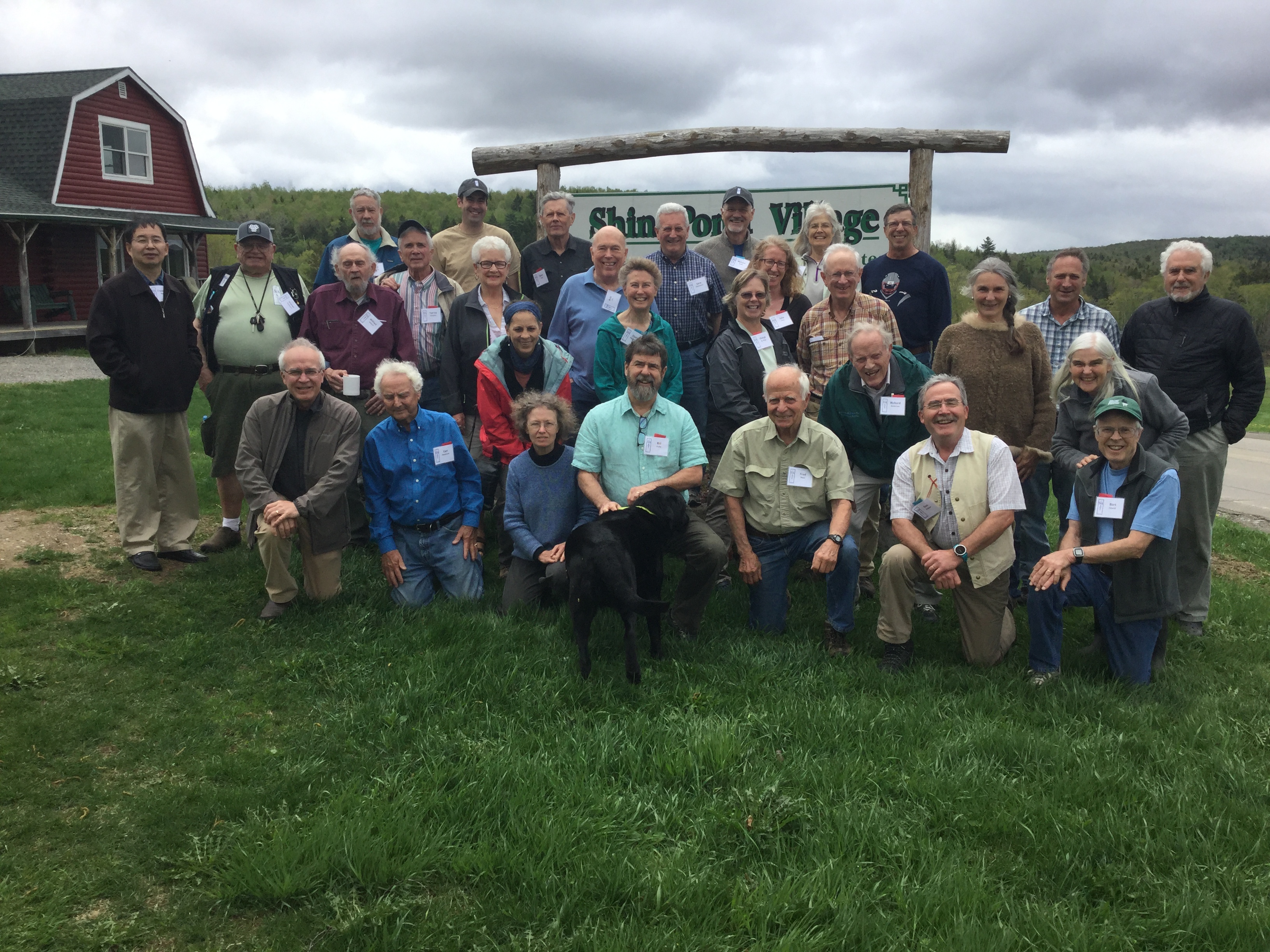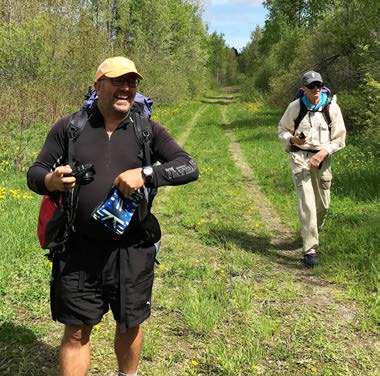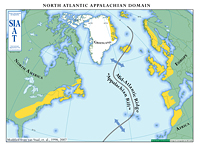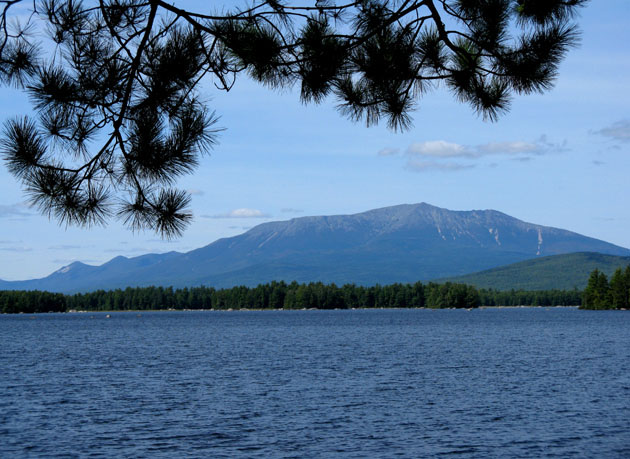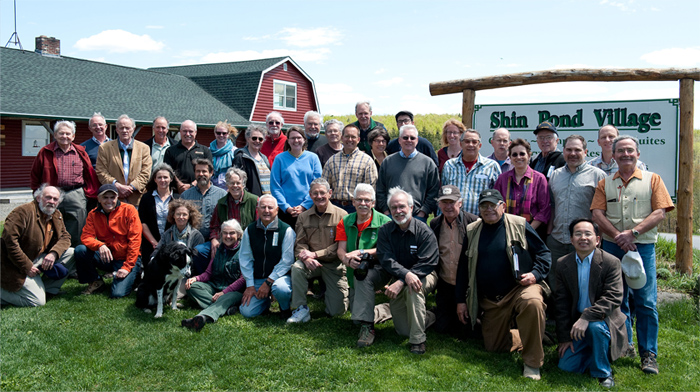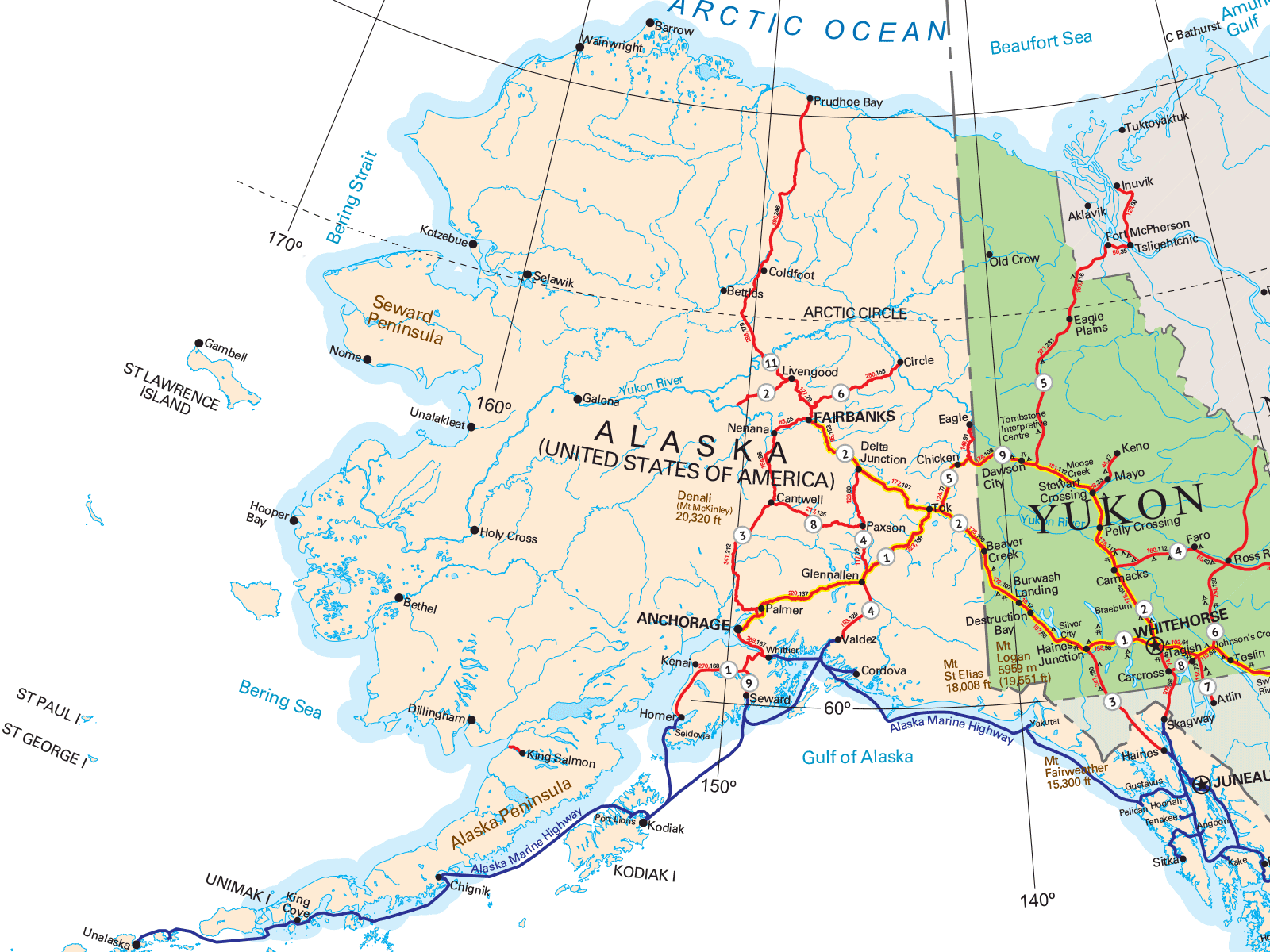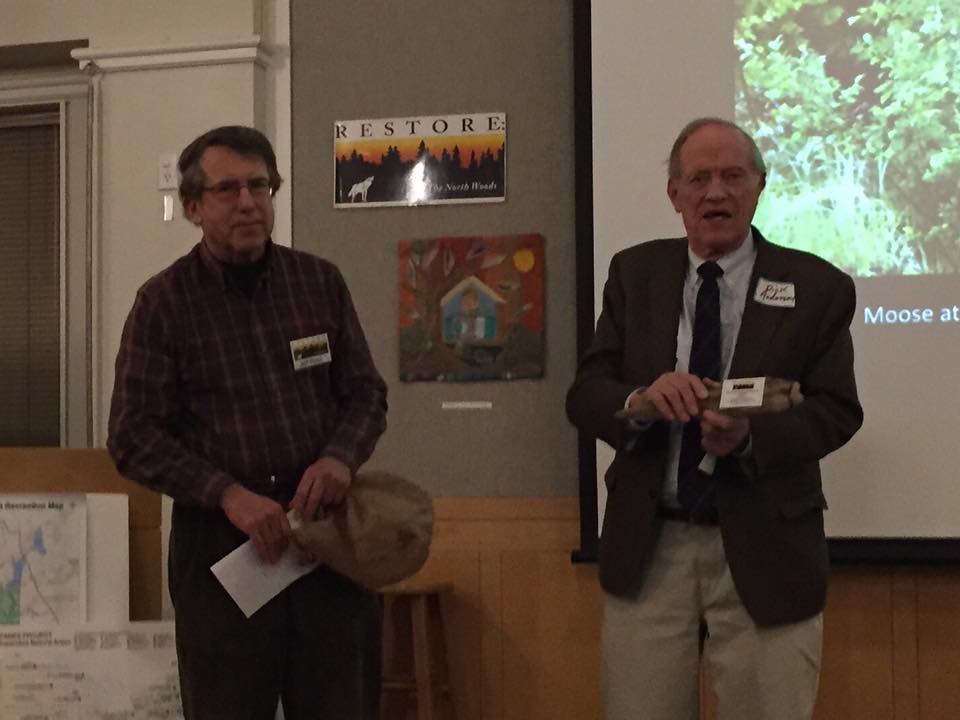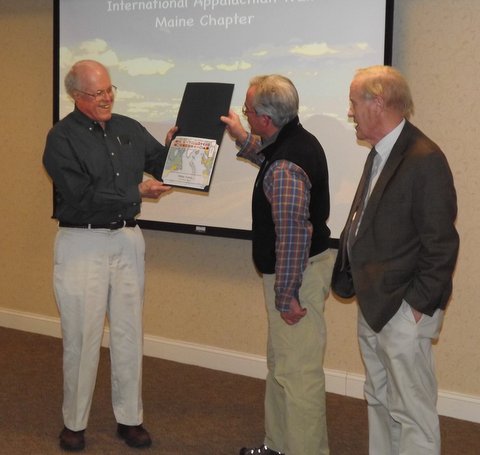The 23rd Annual Meeting of the Maine Chapter of the International Appalachian Trail was held May 18, 19, and 20 at Shin Pond Village and Mt. Chase Lodge.
One of the principle objectives of the meeting was to certify our trail crew volunteers for work on the new Katahdin Woods and Waters National Monument. A special chainsaw certification workshop was held Thursday morning and afternoon, leading up to our traditional gathering at the Patten Lumberman’s Museum. The Curator of the museum, Rhonda Brophy welcomed us with an update of work, and especially on the significant impact that the designation of the national monument has had on visitation. Following the designation in late August 2016, the number of visitors to the museum has doubled.
Thursday night’s dinner at Shin Pond Village was followed by a presentation by author Catherine Schmidt on her recently published book – The President’s Salmon: Restoring the King of Fish and its Home Waters. Catherine has chronicled the decline of the historic population of salmon in the Penobscot watershed, as well as the efforts by conservationists, the Penobscot Indian Nation, politicians, and scientists to restore the river to some semblance of its former health and vitality.
The Friday program included an important introduction to the leadership of the new national monument, and expectations for the support and work of volunteers, as well as a series of reports on topics ranging from current management projects in Baxter State Park, a new muscle-pwered, multi-use trail planned for the stretch of national monument and neighboring land from Grindstone Rapids to the Sebois River Gorge east of the East Branch of the Penobscot River. We heard about the efforts of current businesses to support the monument, as well as the status of the Matagamon Dam and the work of the Department of Marine Resources to restore salmon in East Branch.
A highlight of the late afternoon business meeting was the award to Torrey Sylvester, IAT Board Member since 1995, of Honorary Director. Among many other contributions, Torrey secured every one of the IAT lean-tos — 9 of the 10 through outright donations by log home building companies in Aroostook County. Torrey joins Joe Brennan and Bob Nichols as our first Honorary Directors.
Following a sumptuous dinner at Mt. Chase Lodge, Bart DeWolf spoke about the search for the location of historic dams — now long gone — along Wassataquoik Stream, as well as key fords of the stream used by early explorers of Katahdin and the region.
A small group of hikers joined Bob Marvinney for a good walk up Sugarloaf to view the historic geologic site described by Bob Neuman. Neuman’s identification of fossil brachiopods on Sugarloaf as a Europeans species identical to ones found in Ireland and Wales helped launch the theory of plate tectonics to its prominence, explaining the fundamental and dynamic Earth system.
Lastly, thanks to Walter Anderson for finding the speakers and coordinating another productive and enjoyable Annual Meeting.
